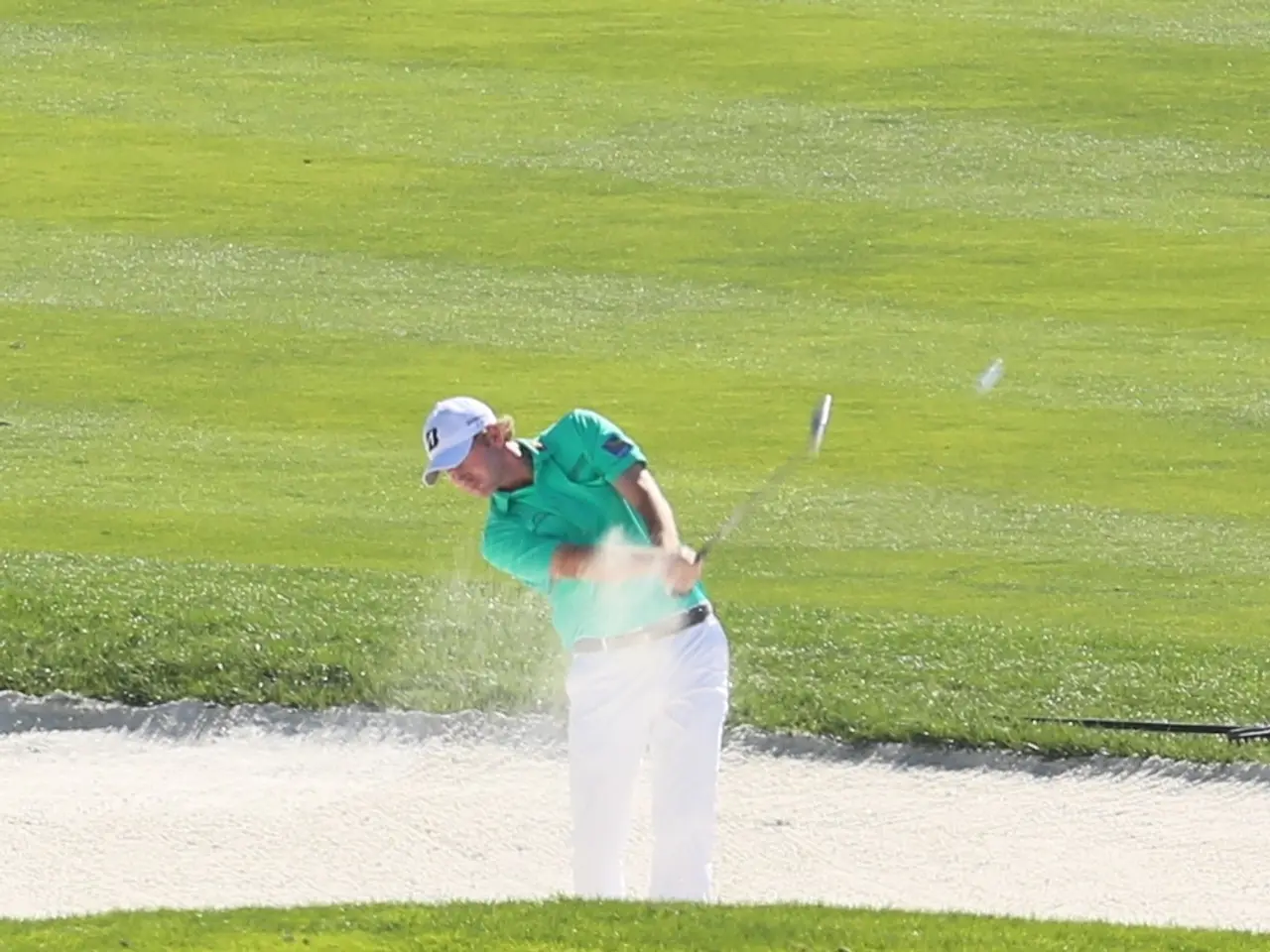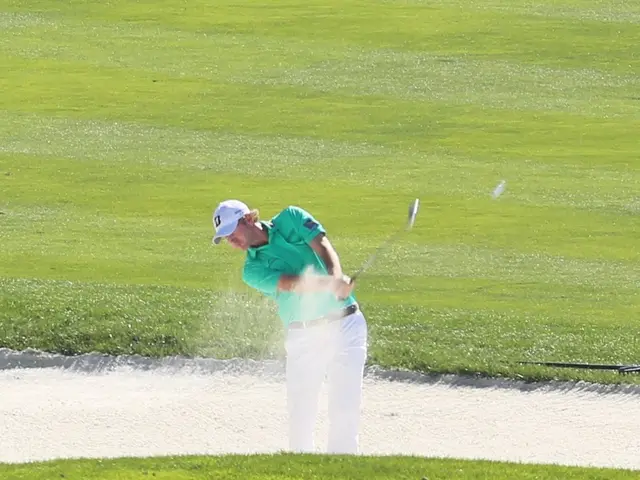Golf Club Anatomy: Exploring the Hosel
Golf is a game of precision and strategy, with numerous factors influencing the performance of a golf shot. From club selection and swing mechanics to ball position and equipment characteristics, every element plays a crucial role in determining distance, accuracy, spin rate, and trajectory.
Key Factors Affecting Golf Shot Performance
- Club Selection and Loft: Higher lofted clubs, such as wedges, generate more backspin for better control. On the other hand, lower lofted clubs, like drivers, produce less spin, favouring distance.
- Swing Path and Angle of Attack: A steep downward angle of attack increases backspin and can affect launch conditions, while a shallower or upward strike tends to reduce backspin and increase ball speed/distance.
- Impact Location on the Clubface: A clean strike on the center (sweet spot) maximizes energy transfer efficiency for more ball speed. Off-center hits reduce speed and can cause erratic spin.
- Ball Position in Stance: Placing the ball forward encourages lower spin and penetrating flight, while a back-positioned ball increases spin.
- Ball Type: Premium balls offer better spin control for approach shots, while distance balls reduce spin to maximize carry.
- Smash Factor: This measures impact efficiency, highly affected by strike quality and spin loft (difference between angle of attack and dynamic loft at impact).
- Spin Rate and Spin Axis: The rate and axis of the ball’s spin control its trajectory and curvature (draw, fade, slice).
The Role of the Hosel in Golf Clubs
The hosel, the part connecting the clubhead to the shaft, plays a significant role in golf club performance. It allows for adjustable settings, influencing clubhead stability, feel, and indirectly, spin loft. This, in turn, affects spin rate and trajectory.
The Impact of Hosel on Putter Performance
Putter performance can be affected by the hosel. For instance, a center shaft hosel putter might be more appropriate for golfers with a straight back, straight through putt.
Shanking a Shot
While aiming for a perfect shot, golfers sometimes experience a shank, where the ball is hit with the hosel instead of the clubface. This can cause the ball to fly off at a sharp angle in almost any direction. Terms like "hoseling" or "hosel rocket" are often used to describe a shanked shot.
Interesting anecdotes from the golfing world suggest that even legendary players like Jack Nicklaus considered a perfectly straight shot with a big club a fluke. Some golfers are also superstitious about shank shots and avoid saying the word "shank" while playing.
For right-handed golfers, a shank typically sends the ball toward the right, while left-handed golfers' shots veer toward the left.
In conclusion, mastering golf shot performance involves a combination of technique, strategic equipment choices, and precise impact conditions. The hosel, with its ability to customize club settings, plays a vital role in optimizing launch and spin, thus influencing distance, accuracy, and control.
In the realm of golf, understanding the impact of club selection, such as utilizing higher lofted wedges for better control or drivers for distance, is essential due to their influence on backspin. Additionally, sports-analysis reveals the critical role of the hosel in golf clubs, as it may affect clubhead stability, feel, and indirectly, club spin loft, thereby influencing the spin rate and trajectory of a shot.







